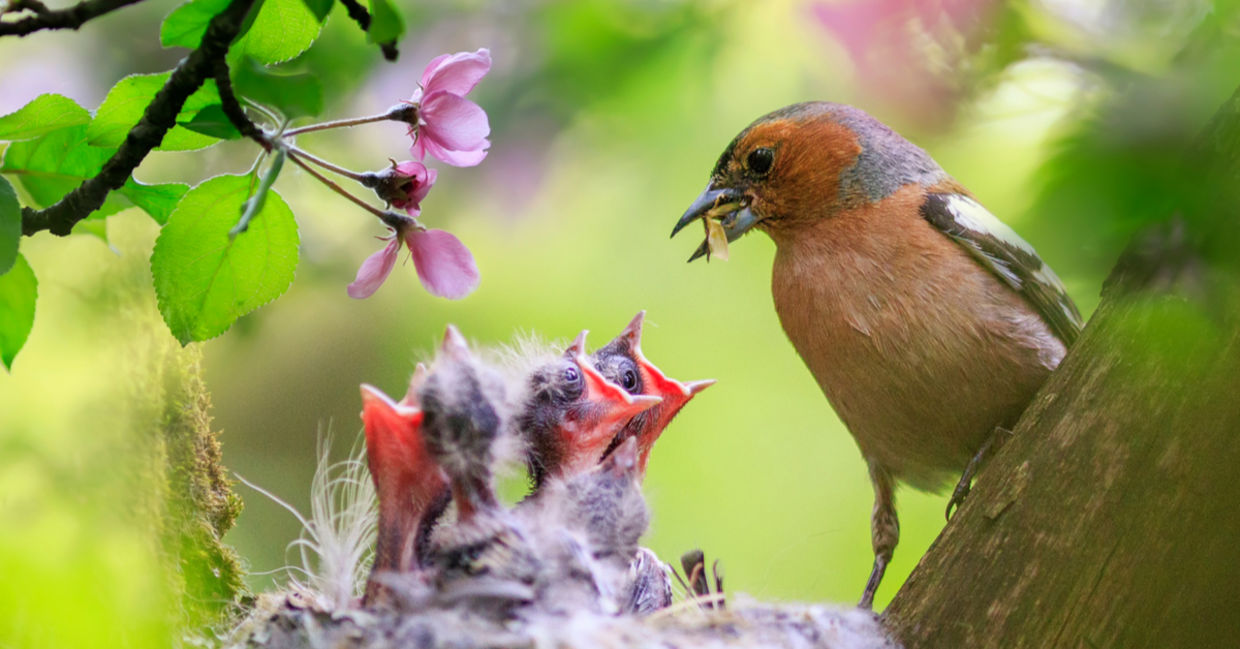
(Bachkova Natalia / Shutterstock.com)
With spring here, it is time to head outside and enjoy the warm sunshine. For those with gardens, the trees, plants, and bulbs are springing to life. Local and migrating birds are also excited by this season and are busy finding a place to call home.
Turn your garden into prime real estate for nesting birds. They will benefit your garden’s ecosystem and are beautiful to watch and to hear. These five ways may help transform your garden into a nesting sanctuary.
Ensure you have a variety of plants
Some birds nest in shrubs and hedges, while others prefer taller trees, according to The Wildlife Trusts. Variety also gives them a selection of places to perch. Many birds like tall trees as they feel safer from predators.
Birds that prefer shrubs will go for hard-to-reach spots or even a few thorny branches to offer them protection from cats. For example, cardinals like to nest in low shrubs, according to the National Wildlife Federation (NWF). Evergreens offer shelter and protection year-round for resident birds.
The Wildlife Trusts offers a list of suggested plants for nesting birds. Be careful not to trim your hedges in the spring as this may disturb nesting birds. Instead, do the trimming in the autumn.
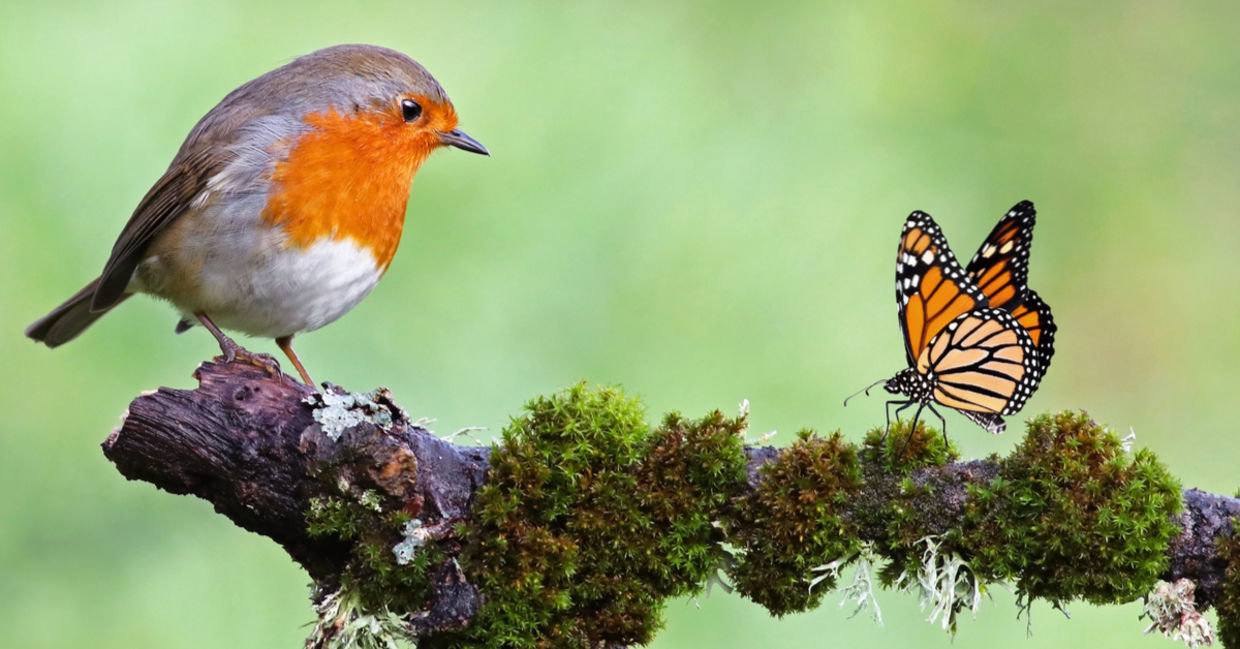
(Fercast / Shutterstock.com)
Go for native plants
Planting native trees and shrubs gives nesting birds a ‘stocked pantry,’ according to Audubon. Native plants offer bird seeds, nuts, nectar, and berries. They are also ‘bird food factories’ as they provide the insects and caterpillars which are essential foods for fledglings.
In fact, birds in gardens with native plants are eight times more plentiful than birds in gardens with traditional grass lawns and imported plants. If you want to find out which plants are native to your region, refer to the Lady Bird Johnson Wildflower Center website.
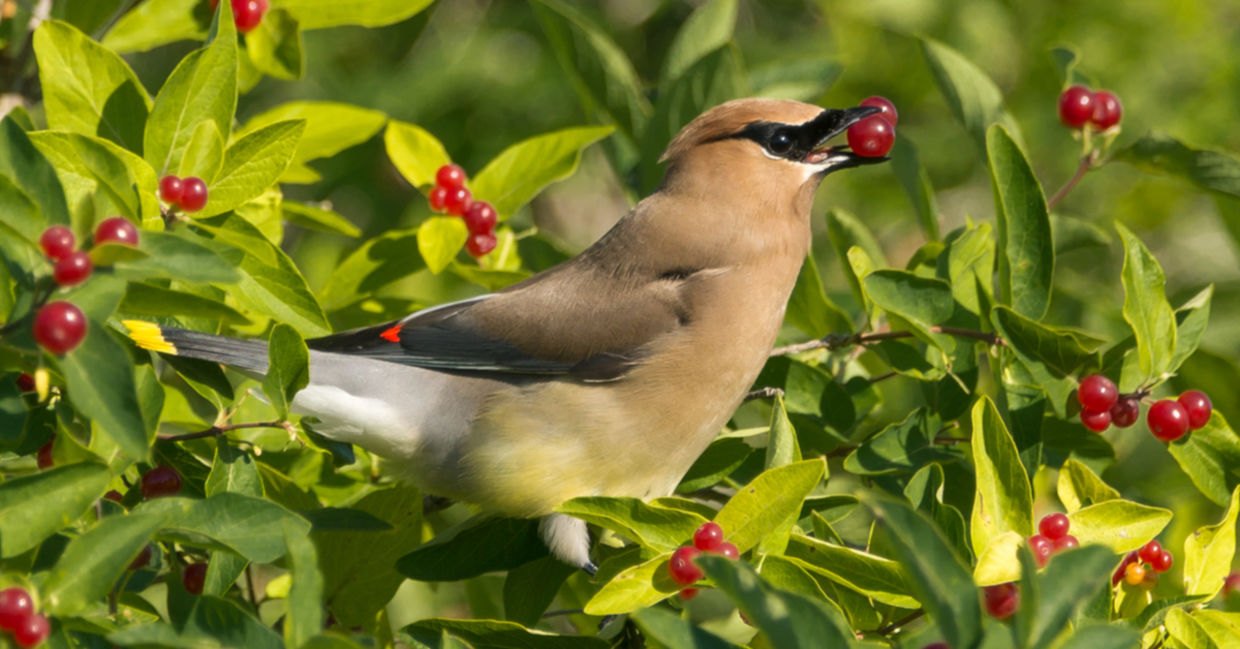
(FotoRequest / Shutterstock.com)
Put up nesting boxes
Nesting boxes come in many shapes and sizes, but do not confuse nesting boxes with ornamental birdhouses. Some birdhouses may look pretty, but can leave birds vulnerable to predators and bad weather, according to Empress of Dirt. Even dead trees make an ideal place for birds to nest and feed, so do not remove them. In North America, there are 85 species of birds that nest in tree cavities.
Audubon recommends placing nesting boxes on posts or in standing trees. Choose a few nesting boxes with entrances of different sizes, suggests Birds&Blooms. Chickadees and wrens use the same type of nesting box, while house finches prefer small wire baskets.
Birds&Blooms offers details about different hole sizes for various species. Even the placement of nesting boxes must be considered. It is best to place nesting boxes of the same species near each other.
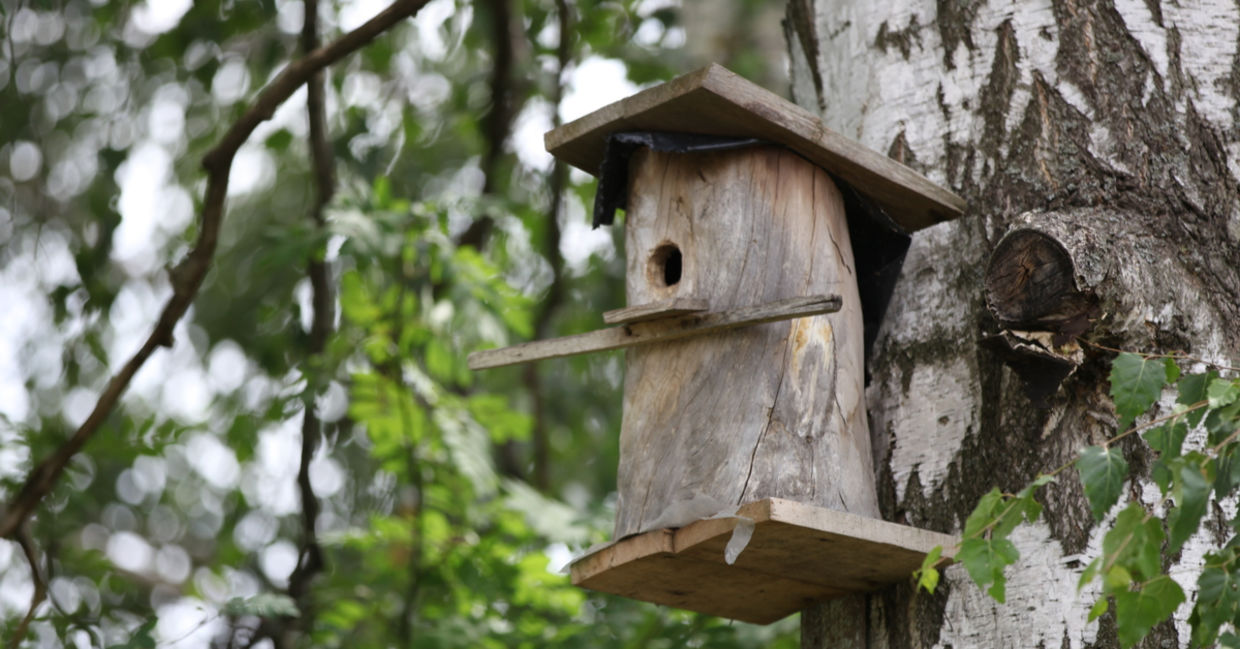
(PavelSkvortsov / Shutterstock.com)
Provide birds with food and water
Adding a birdbath will attract many birds. The NWF suggests changing the water every two to three days in the summer. Place your bird bath 10 feet away from shrubs where predators may be hiding.
As for food, consider bird food as an extra treat or supplement so the birds do not rely on this as a food source. Plants and insects in your garden will be their main course, while bird food should be used in times of scarcity, and in the fall and winter.
Spraying your garden with insecticides will reduce the birds’ natural food source and add toxins to the garden, so try to avoid this if you want to attract feathered friends. Gardeners have an important job helping to balance the ecosystem!
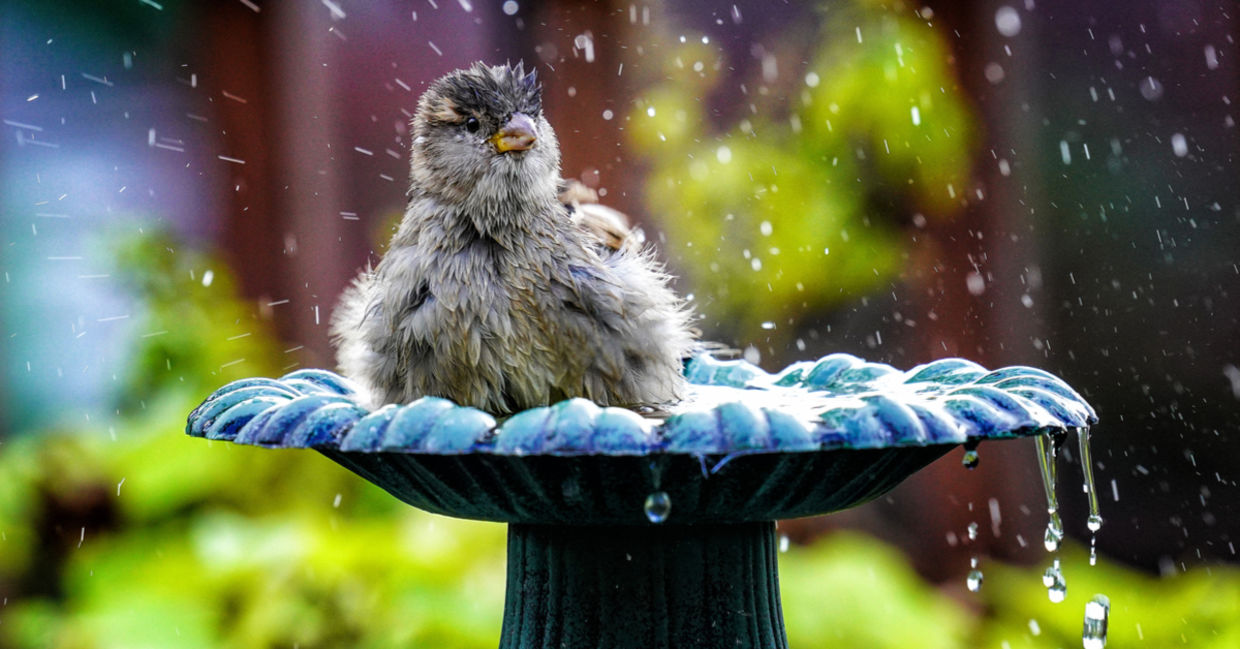
(Tony Quinn / Shutterstock.com)
Leave them nesting material
Birds love to collect twigs, grass clippings, dried grass, and pine needles for their nests, according to NWF. Leave the birds a pile of nesting materials. And when you mow your lawn, make your life easier by leaving the grass clippings in place. Your nesting birds will appreciate this!
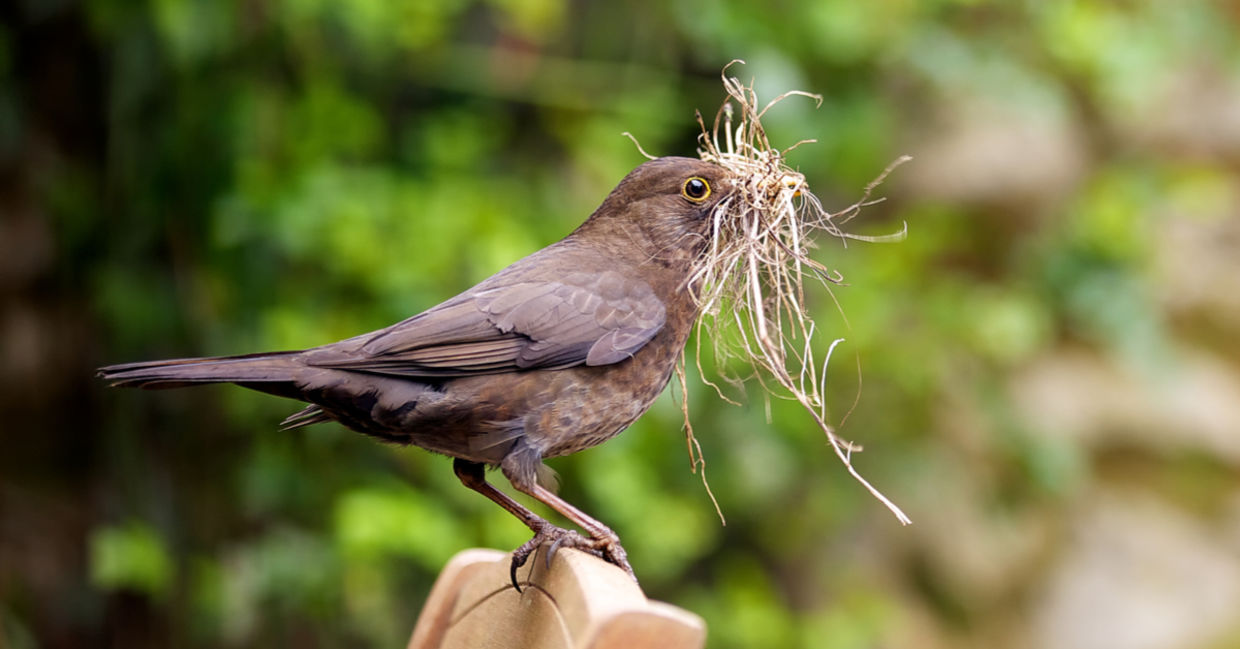
(Mark Bridger / Shutterstock.com)







